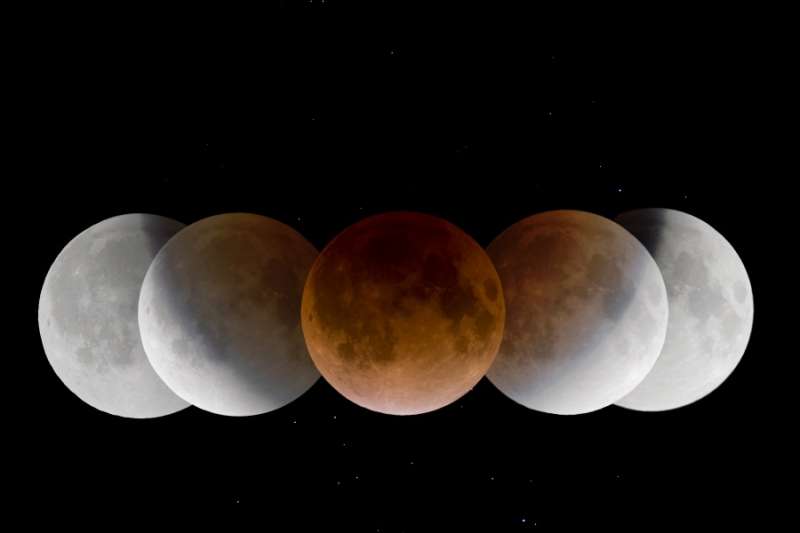
|
Credit & Copyright: Wang, Letian
Explanation:
The dark, inner shadow of planet Earth
is called the umbra.
Shaped like a cone extending into space, it has a
circular cross section most easily seen during a
lunar eclipse.
For example, last Saturday the Full Moon slid
across the southern half of Earth's umbral shadow,
entertaining
moonwatchers around much of the planet.
In the total phase of the eclipse, the Moon was completely within
the umbra for 51 minutes.
Recorded from Beijing, China, this composite eclipse image uses
successive pictures from totality (center)
and partial phases to trace out a large part of the
umbra's curved edge.
Background stars are visible in the darker
eclipse phases.
The result shows the relative size of the shadow's
cross section at the distance of the Moon, as well as the Moon's path
through Earth's umbra.
|
January February March April May June July August September October November December |
| ||||||||||||||||||||||||||||||||||||||||||||||||
NASA Web Site Statements, Warnings, and Disclaimers
NASA Official: Jay Norris. Specific rights apply.
A service of: LHEA at NASA / GSFC
& Michigan Tech. U.
Based on Astronomy Picture
Of the Day
Publications with keywords: lunar eclipse
Publications with words: lunar eclipse
See also:
